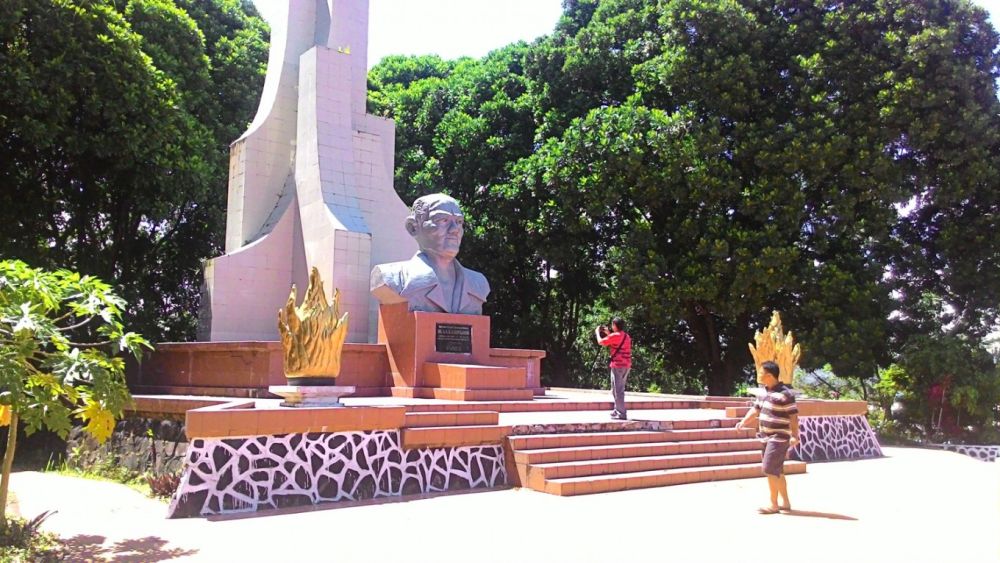

The Sam Ratulangi Monument is a testament to one of Indonesia's most revered figures, Dr. Gerungan Saul Samuel Jozias Ratulangi or better known as Sam Ratulangi. He was a prominent Minahasa patriot, educator, and journalist who played a vital role in Indonesia's struggle for independence from Dutch colonial rule. The monument is not only a historical landmark but also a symbol of pride and inspiration for the people of Manado and the North Sulawesi region.
Tourism in Manado and around the Sam Ratulangi Monument has evolved through the years. Initially, the site was mostly visited by locals and domestic tourists who came to pay their respects to the national hero. However, over time, as Manado's popularity grew as a diving and eco-tourism hub, more international visitors began to take interest in the historical and cultural aspects of the city, including the monument.
The development of infrastructure and improvement in accessibility to this region has facilitated growth in tourism. With the international promotion of the Bunaken National Marine Park and other natural attractions, there has been a ripple effect on the visitations to cultural sites like the Sam Ratulangi Monument.
The latest trend in the tourism industry of Manado, especially around cultural monuments like the Sam Ratulangi Monument, includes the integration of historical education with modern interactive experiences. Travelers are looking for more immersive experiences that not only involve passive observation but also engagement with the history and significance of the site.
Sustainable tourism is also gaining traction. Efforts are being made to ensure that the influx of tourists does not negatively impact the local environment or the integrity of historical sites. Tourism practices are being developed to promote responsible travel, preserving the area's heritage and environment for future generations.
The Sam Ratulangi Monument stands as a historical beacon in Manado, offering visitors insight into the rich history and cultural heritage of Indonesia. It continues to attract tourists from all over the world, contributing to the diverse tourism landscape of Manado and Indonesia as a whole. With sustainable and educational tourism on the rise, the monument is poised to remain a significant destination for years to come.